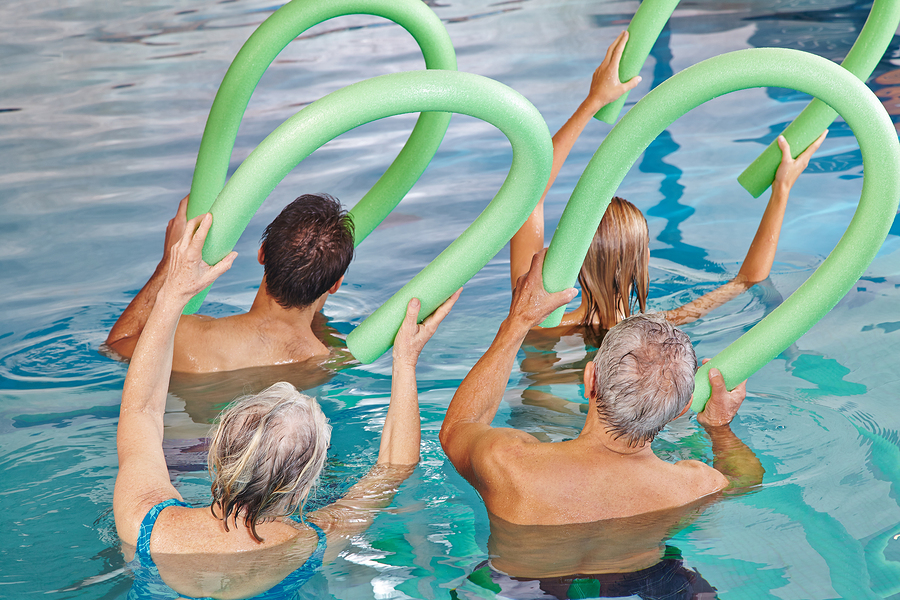
Running has experienced a resurgence in popularity in recent years with people of all ages.
But if you have problems with your joints or you’re not used to exercising regularly, it might not be the right way for you to lose weight. That’s because running holds a higher risk of putting your joints under stress and could cause you more harm than good if it’s not right for you.
But rest assured, there are other options – low impact exercise can be just as helpful for promoting weight loss as high impact routines. Here’s our guide to getting started with gentle exercises for weight loss…
Why choose low impact exercise?
There are lots of reasons to opt for low impact exercise routines. The most common is problems with bones, joints and connective tissue, as well as chronic conditions like arthritis and osteoporosis. However, people who are pregnant, overweight or those who have little experience with daily exercise may also choose low impact exercise as a good way to keep fit without overdoing it.
Low impact exercise is less likely to cause you injury or sprains, while still ensuring that you experience weight loss. For an exercise to be low impact, it needs to avoid any significant jumps and leaps. Instead, your body weight should always be supported – usually by water or by being in contact with the ground or a machine.
Yoga and Pilates
Two of the most popular forms of low impact exercise with people with joint pains are pilates and yoga. Yoga is an ancient Indian practice that promotes mental, spiritual and physical well-being, and involves a series of stretches and (usually) short periods of meditation. Thanks to its accessibility, it’s popular with men and women of all ages, and classes are easy to find across the UK.
Pilates is very similar but has much more recent origins: it was developed in the early 20th century by Joseph Pilates. Like yoga, pilates focuses on stretching and developing core strength but, although concentration is encouraged, doesn’t have the same spiritual element. It’s also particularly popular with men and women suffering from joint problems or injuries.

No comments:
Post a Comment